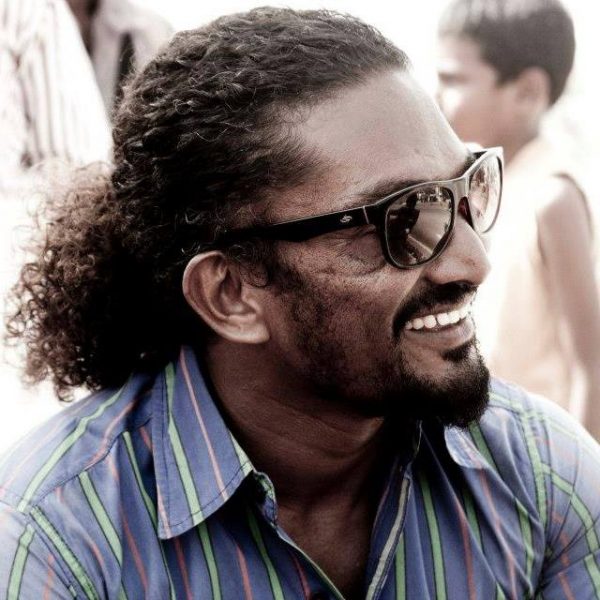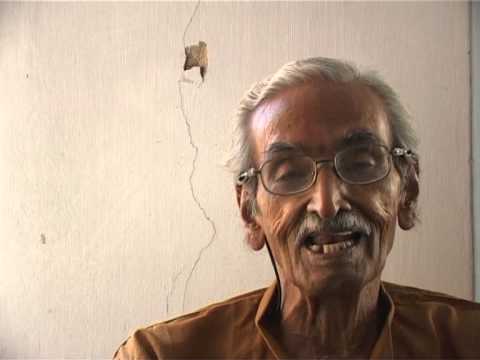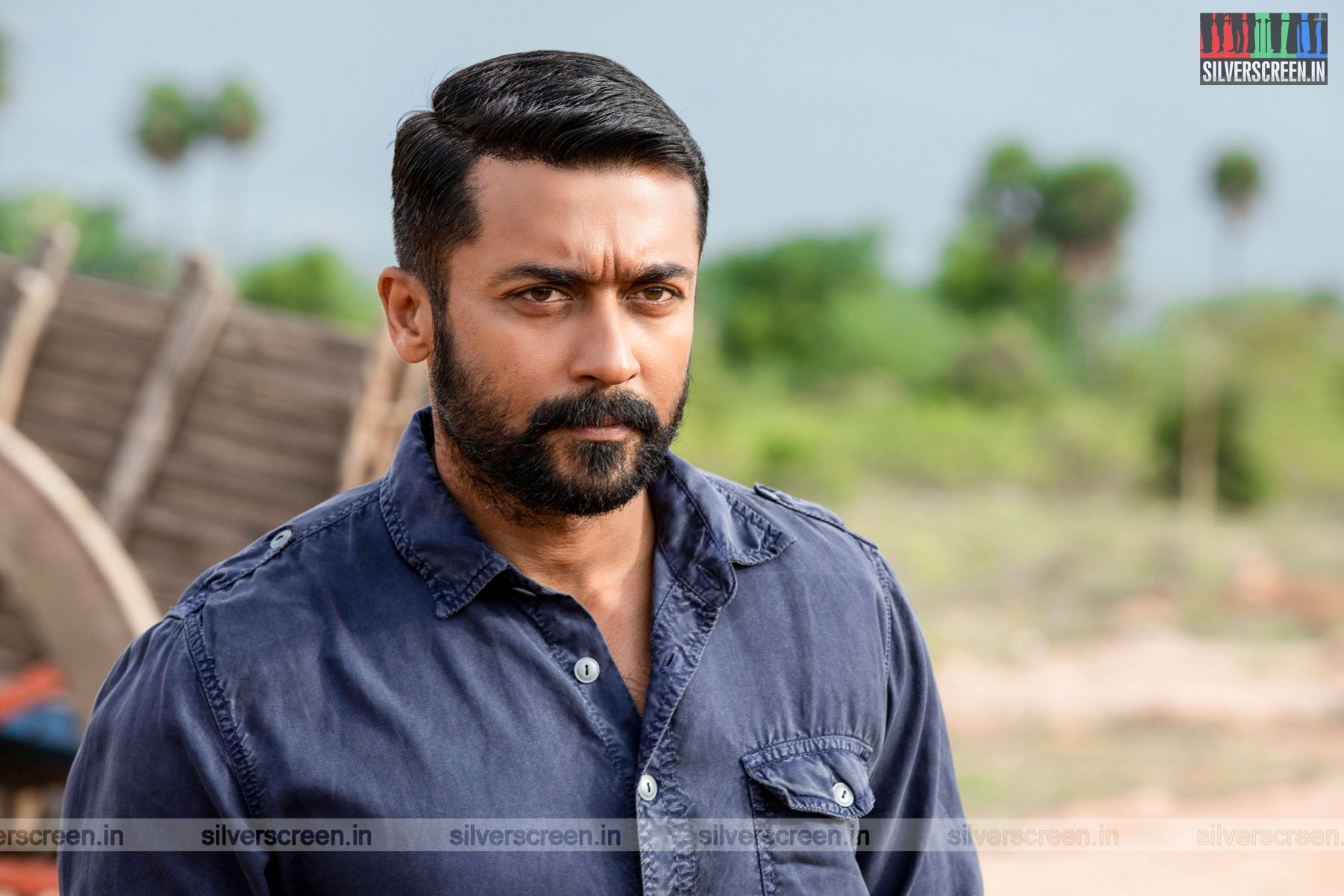Stunt Silva aspired to become a doctor one day. He ended up becoming a stunt master instead. Someone proficient at breaking bones. Literally, and metaphorically.
I would have quite loved to know whether he’d wanted to become an orthopaedician, but Silva had other things on his mind.
I wouldn’t trade this profession for the world, Silva declares passionately. There’s an adrenaline rush that I experience here, which I wouldn’t get elsewhere.
Being in the thick of action. Living on edge.
Every single day.
“Indha professiona romba love panren,” he adds without missing a beat.
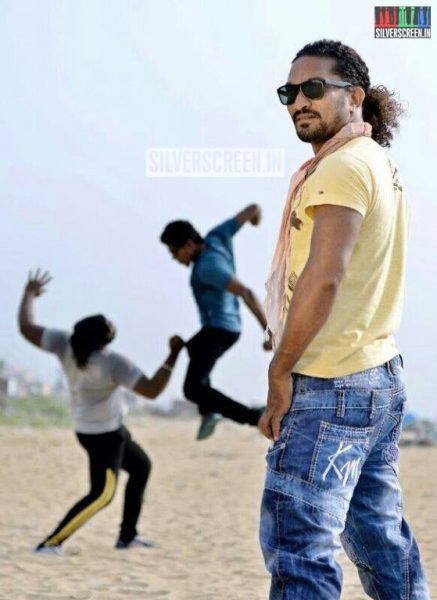
Stunt Silva
But nobody aspires to be a stunt man, he begins. It is something that “just happens”. Silva has no parents; nobody to fall back on, he smiles ruefully. He remember working as a ward boy in Tuticorin initially. Quite keen on social service, Silva was. And it was while working as a nurse at Vijaya Hospital that he met a dance master who advised him to sign up as a background dancer.
Before all that could happen though, he desperately needed to acquire a union card. For which he needed money.
Silva also signed up for dance lessons. But he couldn’t get the dance membership card. It was then that he came to know about this profession called ‘stunt master’.
Why not take that up, he questions rhetorically.
Anything to get that card. He just wanted to earn some money.
[quote align=’left’] He works a 7 am through 7 pm shift, on a per diem basis. “By the end of the day, I will be bone-tired,” he declares. Also, only the established few are liable for insurance. [/quote] Silva learnt his basic “stunt skills” at “a big school near the beach”. And that’s when he got the opportunity to briefly work as Peter Hein’s assistant. He remembers going back to being a ward boy again after that stint. But Hein called him back one day for Vijay’s Thirumalai. Now, “Stunt” Silva is 75 films old.
Silva smiles when I ask him about it. “It is not an easy job. An assistant stunt choreographer does a lot of things,” he says, “his role is similar to that of an assistant director. He does the casting, synchronizing with fighters, and also lends a hand in crafting fight sequences.” For instance, Silva says, if the stunts involve “falling, swimming or other forms of action”, he ensures that these are performed safely, and simulated realistically. And when a scene requires cars or weapons, Silva provides the tools. “Oru scene la car explosion irukanum na adha safea panradhu enn kayila iruku, I’m also responsible for determining the location of a stunt sequence.”
Silva also doubles up as a “helper” and “problem solver” while filming a scene. “Ithellam pannina thaana nammala yaaravathu notice pannuvanga?” he asks of me. For Anniyan, he joined the sets as an assistant a few schedules later. But it didn’t take much time for Vikram and Shankar to take stock of this burly man with thick, curly locks, tied back in a neat ponytail. Silva was explaining the intricacies of a particular action sequence to Vikram’s body-double. There was uncanny similarity in their body language, and soon, Silva found himself on-board as Anniyan’s dupe: leaping from buildings, tackling fire-fighters and combating martial arts experts.
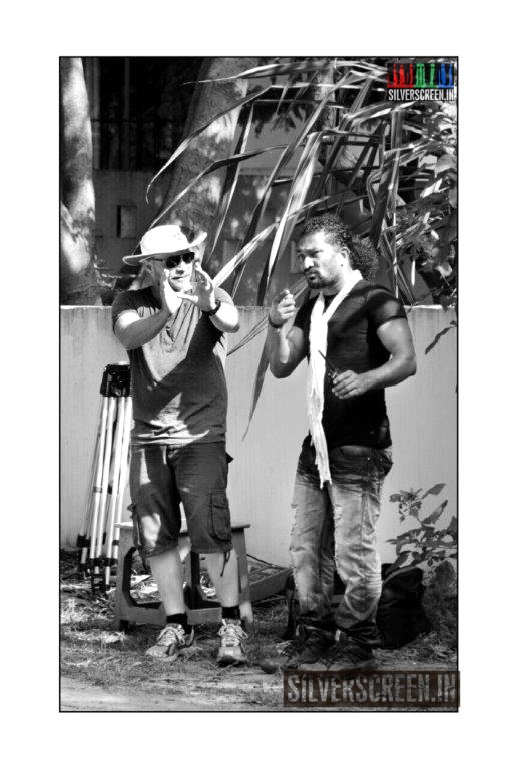
Stunt Silva
Once on the job, the brief was simple. Be ready for anything. Right here. Right now. Leaping over running cars, being propelled from helicopters, hurled from trains; he does it all without a murmur of protest. Everything’s in the mind, Silva gestures, besides aiming for the perfect timing. Of course, it doesn’t come easy; all these daredevil stunts require practice and stamina.
He works a 7 am through 7 pm shift, on a per diem basis. “By the end of the day, I will be bone-tired,” he declares.
Also, only the established few are liable for insurance.
Today, Silva is trained in everything – Kung Fu, Karate, car and bike chase, emotional stunts, boxing, underwater combat, and just raw fighting. Though he was supposed to debut as stunt choreographer in a Shankar film, SS Rajamouli got there first. Yamadunga (2007) starring NTR Junior was his first break. “Rajamouli sir works like a demon. He eats, sleeps and drinks cinema 24/7. He’s game for anything – action, dance, acting…” Silva says clearly in awe.
So if a hero hesitates to jump from a 100 ft building, Rajamouli would show him how it’s done. In fact, most action sequences are first done by him. Horse riding, bungee jumping, skating, fight choreography, he can just do anything, Silva exclaims. “He can also get the perfect reaction from you.” Gautham Menon comes a close second on his list of favourite directors: he’s someone who acts out the scenes himself.
[quote align = ‘left’]So if a hero hesitates to jump from a 100 ft building, Rajamouli would show him how it’s done. In fact, most action sequences are first done by him. Horse riding, bungee jumping, skating, fight choreography, he can just do anything. [/quote] As is the case with everything in cinema, a story is important when it comes to a stunt sequence too. Read the story, visualize the action. As simple as that. And that depends on the budget as well. Silva illustrates: “I say budget because, a Shankar film’s coffee shop will be different from a tea kadai – with a lot of tables and chairs. It would have a 6-inch top floor, more space, and the action will be of a different kind.”
When Silva designs the action, he thinks about the particular fan-base that the actor commands. So if he thinks like a Rajinikanth fan for a Superstar film, the reactions become easier. The actor’s personality is duly considered. “Vijay sir kku neraya mass stunts design pannuvom. Neraya quick action fights, a lot of hand fights.” One can’t simply unleash an actor on the streets and expect him to fight 100 people, Silva exclaims. “You can’t take the audience for a ride. The hero has to look the part, otherwise it might become a comic routine.”
And when it comes to action, every hero has an image. “Rajinikanth ku kudukkara stunts Vadivelu kku kudukka mudiyuma?”
Having done films in all south Indian languages, Silva observes that stunt-designing varies with every industry. A Malayalee might question the wisdom of a director who incorporates too many flying and leaping sequences in a film, but in Tamil cinema, there’s need for more drama in action. Ditto for Telugu. Exaggerated stunts at great speed.
Performing a stunt is a different matter altogether, though. It involves impeccable control. Be it hand fights, a scene over a train or fighting on horseback. But Silva picks train stunts as quite risky as things can turn fatal in seconds; trains don’t stop where you want them to. As for a bike or a car case, a little variation in speed can turn things around. “Timing in action is everything,” Silva declares, “if a shot requires you to punch the hero’s face, and if you don’t react in that micro second, you will end up with a bloody nose. That applies to kicking as well. And, crossing roads.”
He recalls a film in Telugu – Varsham. During a fire sequence choreographed by Hein, both Silva and Hein were over a 40 ft crane when it caught fire. Silva’s hands got burnt. Though he quickly jumped from there, Silva sustained first-degree burns.
But setting aside such minor glitches, Silva says he loves the thrill of his job. “Apdi kashtam onnume kedayadhu madam,” he adds modestly, “we are getting close to Hollywood in terms of technology and safety.”
He likes choreographing for all genres; even a love story. “Love story a irundha, yaaravadhu oppose pannuvaanga, appo kandippa action irukum. Ellathukkum bayangaramana involvement venum.”
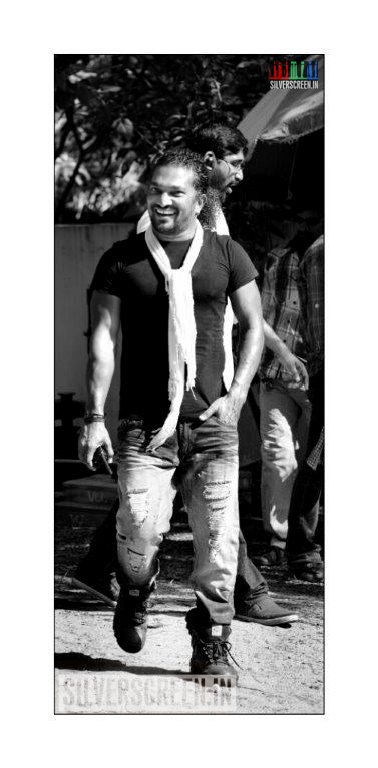
Stunt Silva
He’s also in awe of Mohanlal, after having worked with him in Jilla. “His timing is amazing. I have never seen anyone like him. He goes without rehearsals. He is a one take actor. His reactions are out of this world. 350 films. 3000 fights. Not surprised,” Silva exclaims.
Stunt choreography has to blend in with the story, and that’s one of the greatest challenges that Silva faces. In Gautham Menon’s Vinnaithaandi Varuvaaya for instance, the hero is a soft guy; so the action had to be subtle and emotional. Whereas in Saroja, the heroes were naïve, not aggressive, so he brought in some stunts when they get beaten, and then give them back.
The sequences have to be natural and organic. Nothing loud.
And with Venkat Prabhu, Gautham Menon and Lingusamy, there’s mutual trust. Having worked with Lingusamy in Anjaan, Silva says that the director loves scintillating action, and is high on drama while Shankar prefers more grandeur.
It’s like a football match, Silva explains, where you pass along the ball to hit a goal.
Recommended
What’s crucial for an action scene? I ask him. A good BGM, Silva answers. What’s a car chase without a thumping BGM? He questions. Silva loved the background score for Veeram, Mankatha, Jilla and Saroja. Everything must be in sync, he says – direction, cinematography, editing.
He’s a big fan of Jackie Chan and Charlie Chaplin when it comes to action. “Chaplin puts so much action in his comedy.”
Silva’s diary is currently full. He is choreographing stunts for Masss, Gautham Menon’s Ajith 55, Oru Oorla Rendu Raja, and Jayam Raja’s next.
There’s no stopping Stunt Silva. As the saying goes, he’s where the action is.
Pictures courtesy: Stunt Silva
